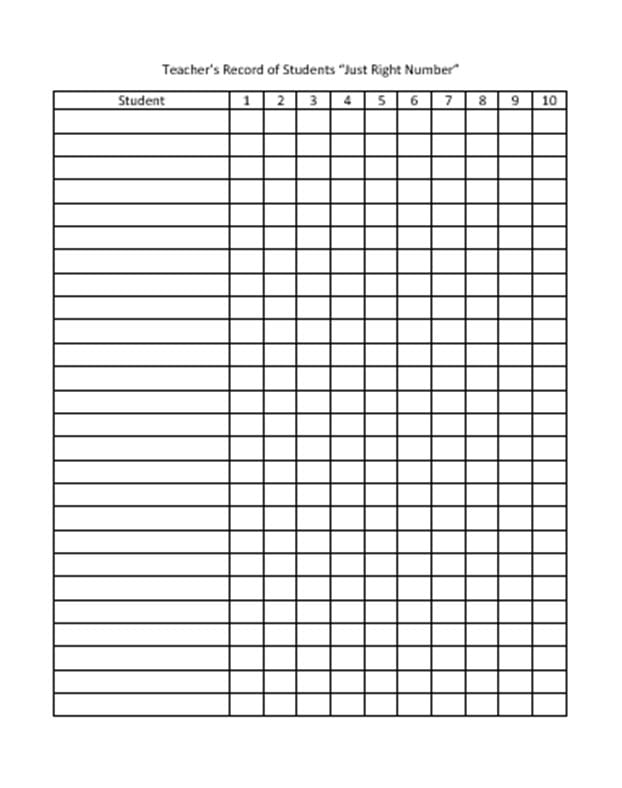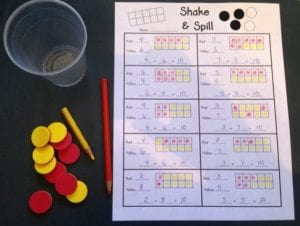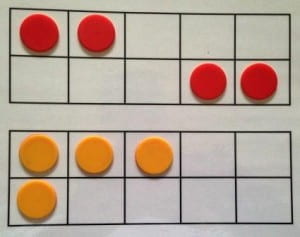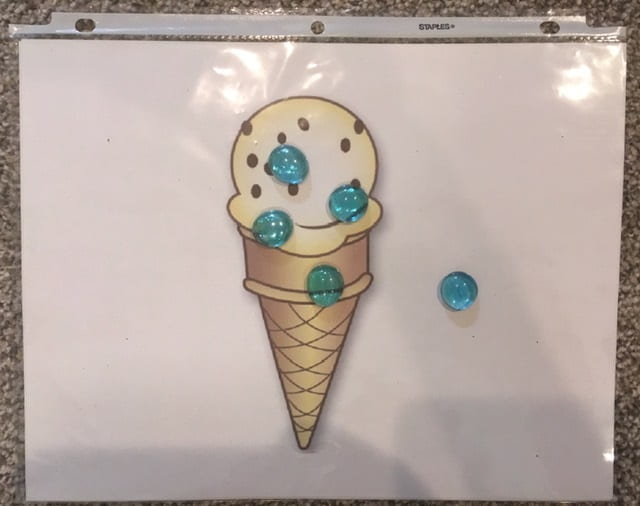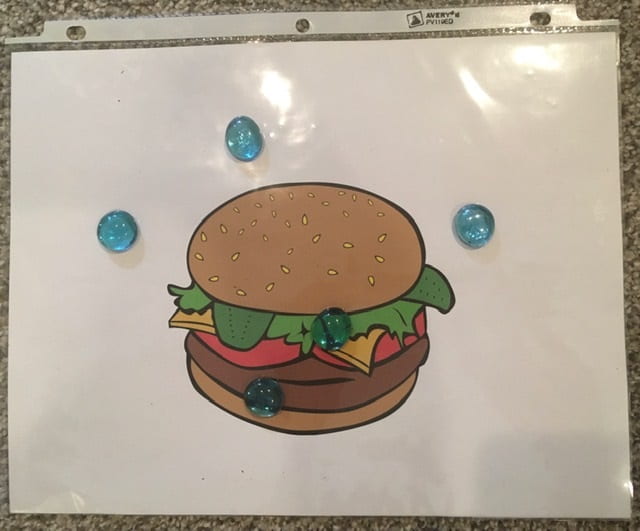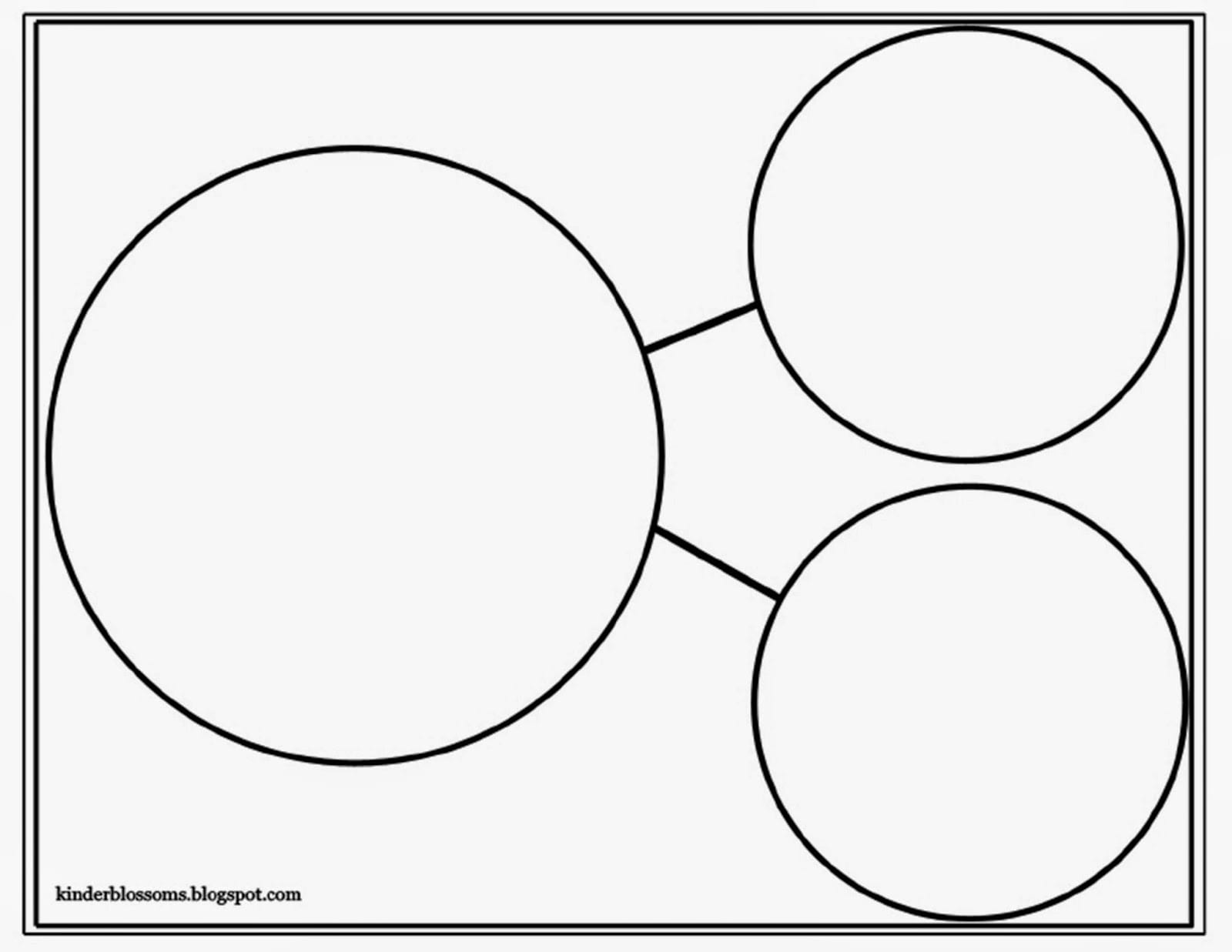by C. Elkins, OK Math and Reading Lady
This post will feature some more number pairs / number bonds activities as well as ideas for informal assessment (along with some FREEBIES). See the previous post for Part 1. Also, here is another cool virtual manipulatives site: https://toytheater.com/category/teacher-tools/ You will find lots of materials for students to use to help with these activities: counters, bears, two-color counters, whole-part-part templates, Rekenreks, etc. Check it out!
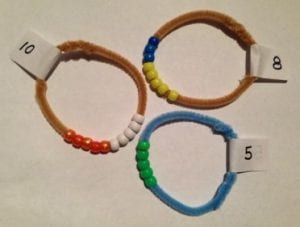 For all of these activities, the student should be working with the number of manipulatives to match their focus number. They should do several different activities using that same amount to get lots of different experiences making the same number pairs repeatedly. After a generous amount of practice, assess the child and move to the next number when ready. An important feature of each activity is for the student to verbalize the combination being made. Using a sentence frame they can have with them or putting it on the board for all to see is a plus: “____ and ____ makes _____.” Students will usually need reminders that you should hear them saying this. It takes if from just playing to being cognizant this is a serious math activity.
For all of these activities, the student should be working with the number of manipulatives to match their focus number. They should do several different activities using that same amount to get lots of different experiences making the same number pairs repeatedly. After a generous amount of practice, assess the child and move to the next number when ready. An important feature of each activity is for the student to verbalize the combination being made. Using a sentence frame they can have with them or putting it on the board for all to see is a plus: “____ and ____ makes _____.” Students will usually need reminders that you should hear them saying this. It takes if from just playing to being cognizant this is a serious math activity.
- Heads or Tails:
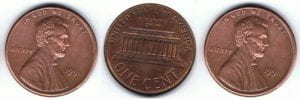 Use coins and a whole-part-part template. The student shakes and gently drops some coins (stick to one type of coin). Then sort according to how many landed on heads vs. tails by placing them on one of the templates. Say the combination outloud: “5 heads and 2 tails makes 7.” Repeat. Here’s a FREE Coin Toss recording sheet.
Use coins and a whole-part-part template. The student shakes and gently drops some coins (stick to one type of coin). Then sort according to how many landed on heads vs. tails by placing them on one of the templates. Say the combination outloud: “5 heads and 2 tails makes 7.” Repeat. Here’s a FREE Coin Toss recording sheet. - Paper Cups: The student finds different ways to place small paper cups up or down to match their focus number. Example: To make 7 I could have 5 up and 2 down, or 6 up and 1 down, or 4 up and 3 down, etc.
- Hiding or “Bear in the Cave”:
- Use a small bowl, clean plastic butter tub, etc. and some objects (cubes, stones, beans, cheerios, M&Ms).
- With a partner and the number of objects matching the student’s focus number, partner 1 closes their eyes while partner 2 hides some of the counters under the tub and the rest outside or on the tub.
- Partner 1 opens his eyes and names how many outside the tub and then tries to determine the number hiding.
- Partner 2 can then reveal if partner 1 was correct or not.
- Calling it “Bear in the Cave” was the idea of a math specialist I follow and clicking on this link will take you to her site with the opportunity to get the directions and recording sheet (Math CoachsCorner: mathcoachscorner.com Bears in the Cave freebie)
- Be sure when students are playing that they say the number pairs outloud such as, “3 and 4 make 7.”
- Roll and Cover Game / Four in a Row:

- Items needed: A blank grid template (4×4 or larger), counters or crayons for each player (up to 3), and one of the following to create numbers needed to play (spinner, number cards, custom dice).
- With the grid template, create the game board by randomly placing all of the numbers making up the number pairs for the focus number and fill up the grid. If working on number pairs of 6 as pictured, place these randomly: 0, 6, 5, 1, 2, 4, and 3
- Using a spinner, custom dice, or number cards, select the first number (example 5). Make this sentence frame: “2 goes with ____ to make 6.” Locate the missing number on the grid and put a counter there (or color if using a printed worksheet). How to create an easy spinner: Draw one with the number of spaces needed and duplicate for multiple students. To use, students place a pencil vertically on the center of the spinner to hold a paper clip at the center. Spin the clip.
- The object is to try to get 4 of your counters (or colors if using a worksheet) in a row (vertically, horizontally, or diagonally). Blocking your opponents may be necessary to keep them from getting 4 in a row.
- A freebie attached for Number Pairs of 6 (same as picture):Capture A game of six CE
- Stories: Students can create stories using pictures from clip art or other art work:
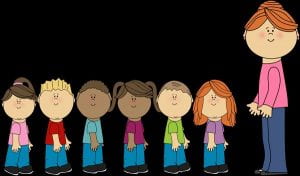
6 children and 1 adult = 7 OR 4 girls and 3 boys = 7 Or 2 pink shirts + 5 other shirts = 7
Assessment:
- This page can be used to record a student’s mastery of the number pairs / bonds. On all assessments, observe if student names hiding amount immediately (meaning fact is known) or uses fingers or other counting methods such as head-bobbing, etc. For mastery, you want the student to be able to name the missing amount quickly.Click here for free PDF copies: Number Bond Assessment by CE and Number Pairs assessment class recording sheet CE
- The Hiding Game above can also be used as an assessment as the teacher controls how many showing / hiding. Ask the same questions each time: “How many showing?” and “How many hiding?”
- Folding dot cards: Hold one flap down and open the other. Ask, “How many dots?” Then ask, “How many hiding?”I got these free at one time from www.k-5mathteachingresources.com, but not sure they are available now. At any rate, they look easy to make.These are also good to practice with a partner.
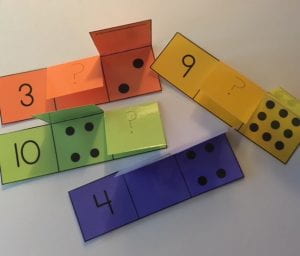 Here is a similar one I made for FREE with the PDF copy :Number Bond 3-10 assessment in part-whole format
Here is a similar one I made for FREE with the PDF copy :Number Bond 3-10 assessment in part-whole format 
- Whole-Part-Part Template: Using a circular or square template, place a number or objects in one of the parts. Ask student how many more are needed to create the focus number. This can also be done with numbers only as shown in this picture.
Let us know if you have tried any of these, or if you have others that you’d like to share!
 As I’ve mentioned before, as a consultant I am available to help you as an individual, your grade level team, or your school via online PD, webinar, or just advice during a Zoom meeting. Contact me and we can make a plan that works for you. If you are interested in tutoring during your “spare time” check out my link for Varsity Tutors on the side bar. Mention my name and we both get a bonus. Have a wonderful, SAFE week. Mask up for everyone!
As I’ve mentioned before, as a consultant I am available to help you as an individual, your grade level team, or your school via online PD, webinar, or just advice during a Zoom meeting. Contact me and we can make a plan that works for you. If you are interested in tutoring during your “spare time” check out my link for Varsity Tutors on the side bar. Mention my name and we both get a bonus. Have a wonderful, SAFE week. Mask up for everyone!

